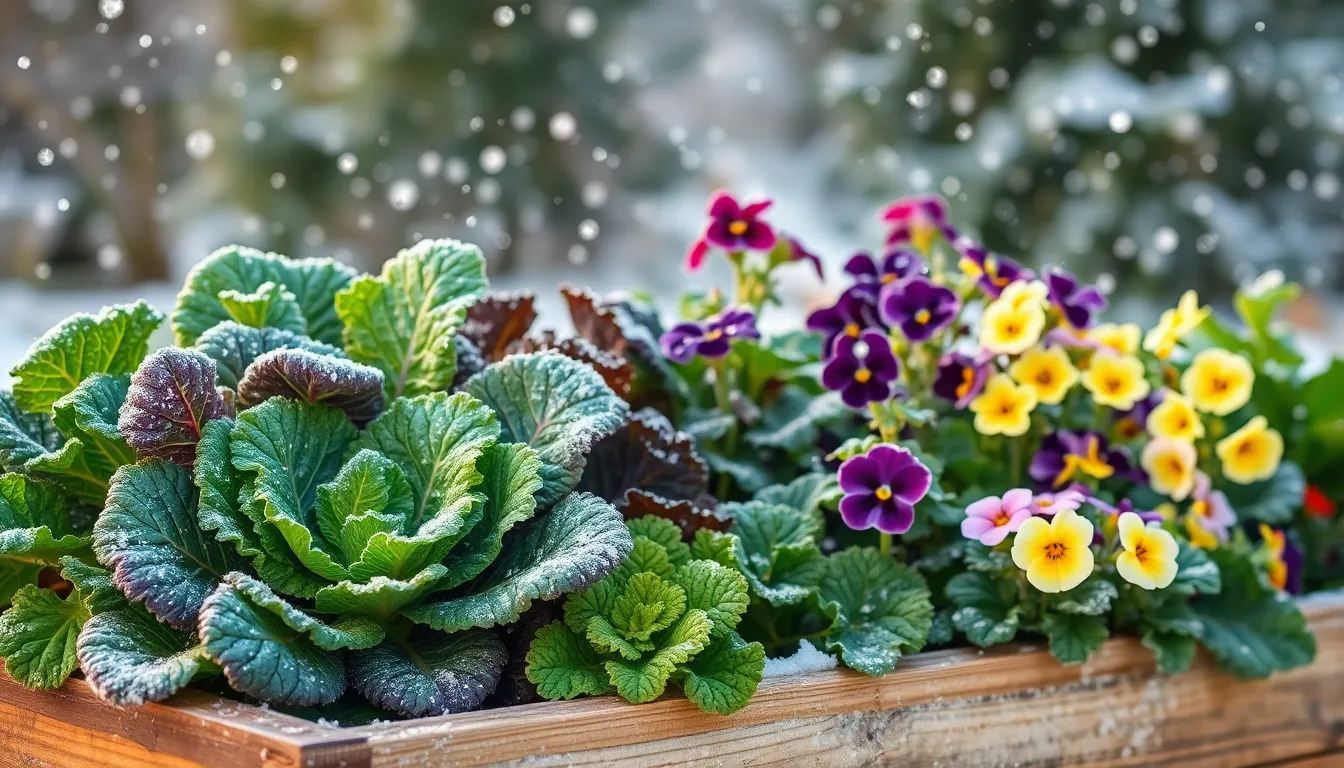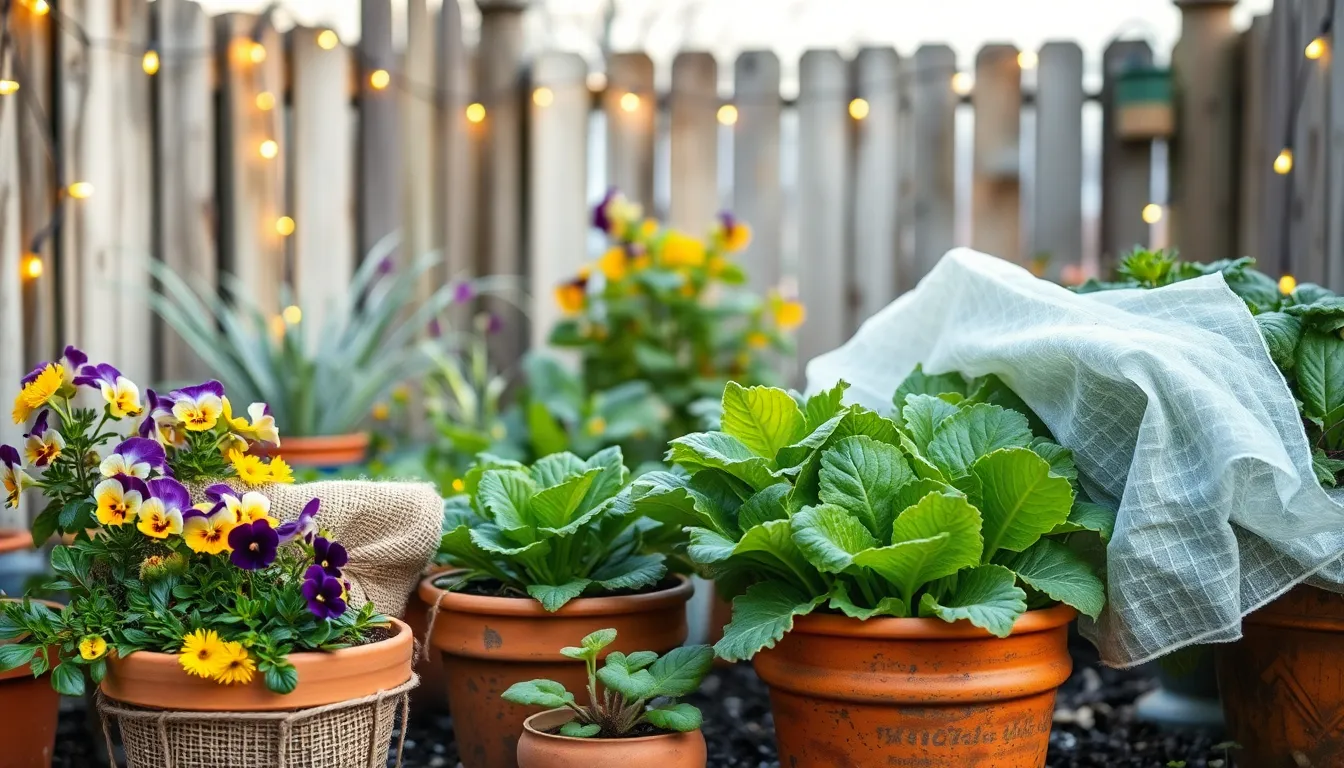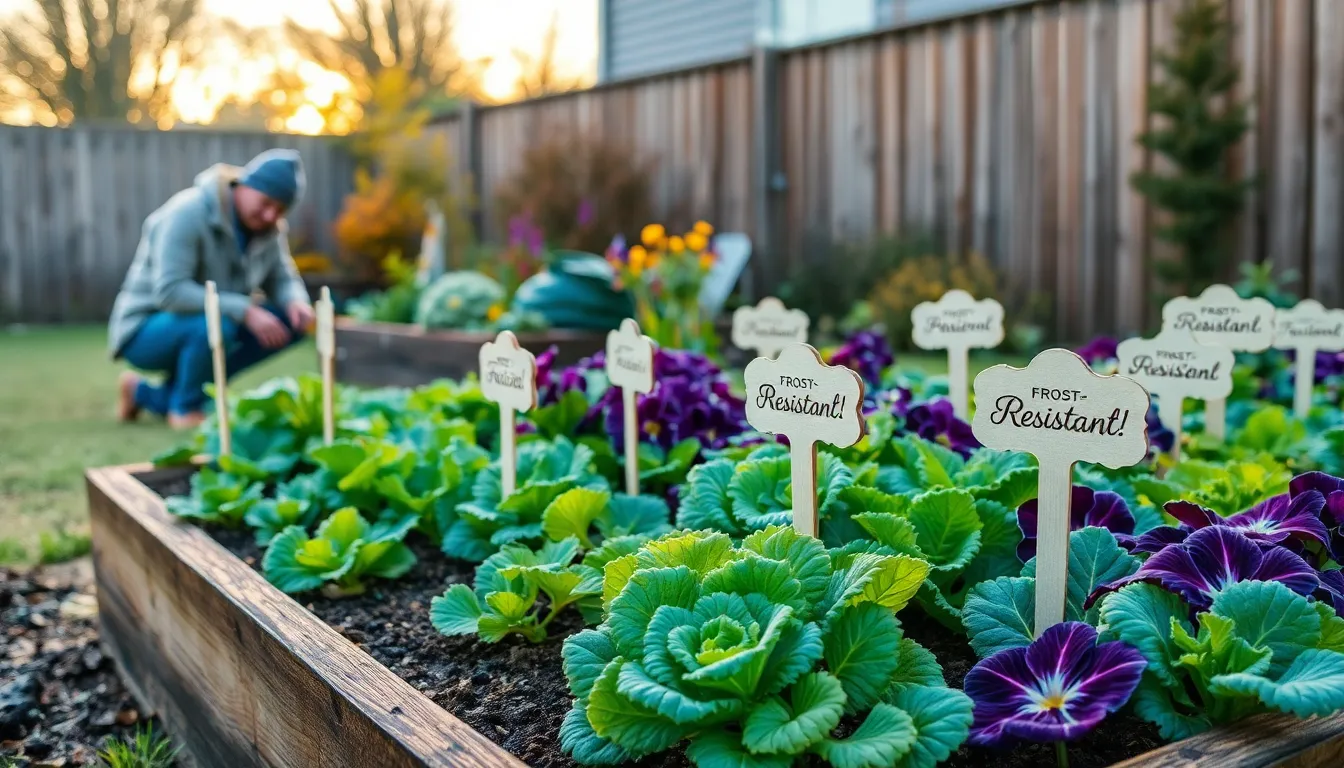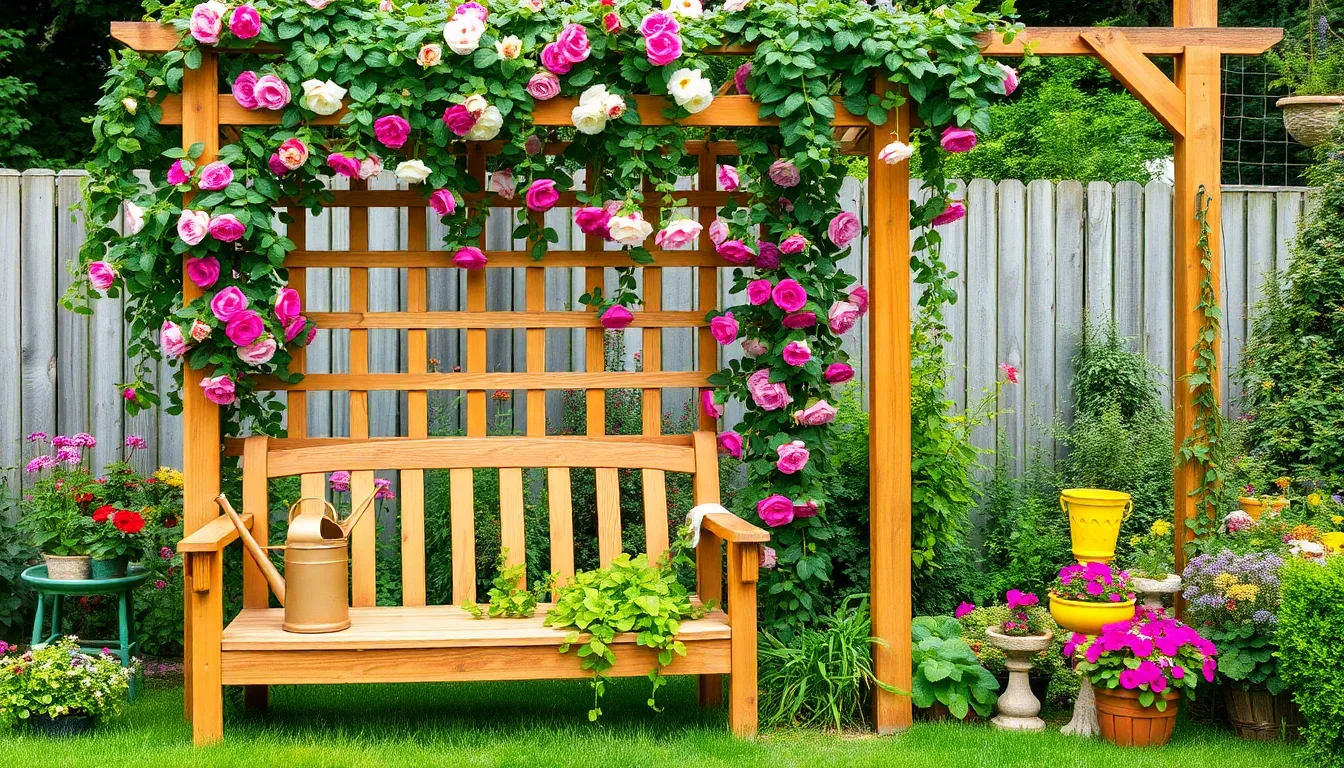As the crisp air of autumn gently turns to the biting chill of winter, the heart of every gardener is attuned to the well-being of their cherished plants. Protecting your plants from frost isn’t just a precaution—it’s an essential practice that can mean the difference between a garden that thrives and one that struggles to survive. For both the novice gardener eager to nurture their first blooms and the seasoned horticulturist with years of experience, understanding the nuances of frost protection can be transformative.
In this article, we will explore the tangible benefits of safeguarding your plants from frost, ensuring your garden remains a vibrant sanctuary year-round. You’ll discover practical, tried-and-true techniques to shield your green spaces from the cold’s grasp, from simple coverings to strategic planting methods. Whether you’re seeking to preserve the delicate beauty of your roses or protect the robust life of your vegetable patch, you’ll find guidance tailored to your needs. So, let’s embark on this journey together, fortifying our gardens against winter’s chill and nurturing the promise of spring blooms.
Understanding Frost’s Impact on Plants
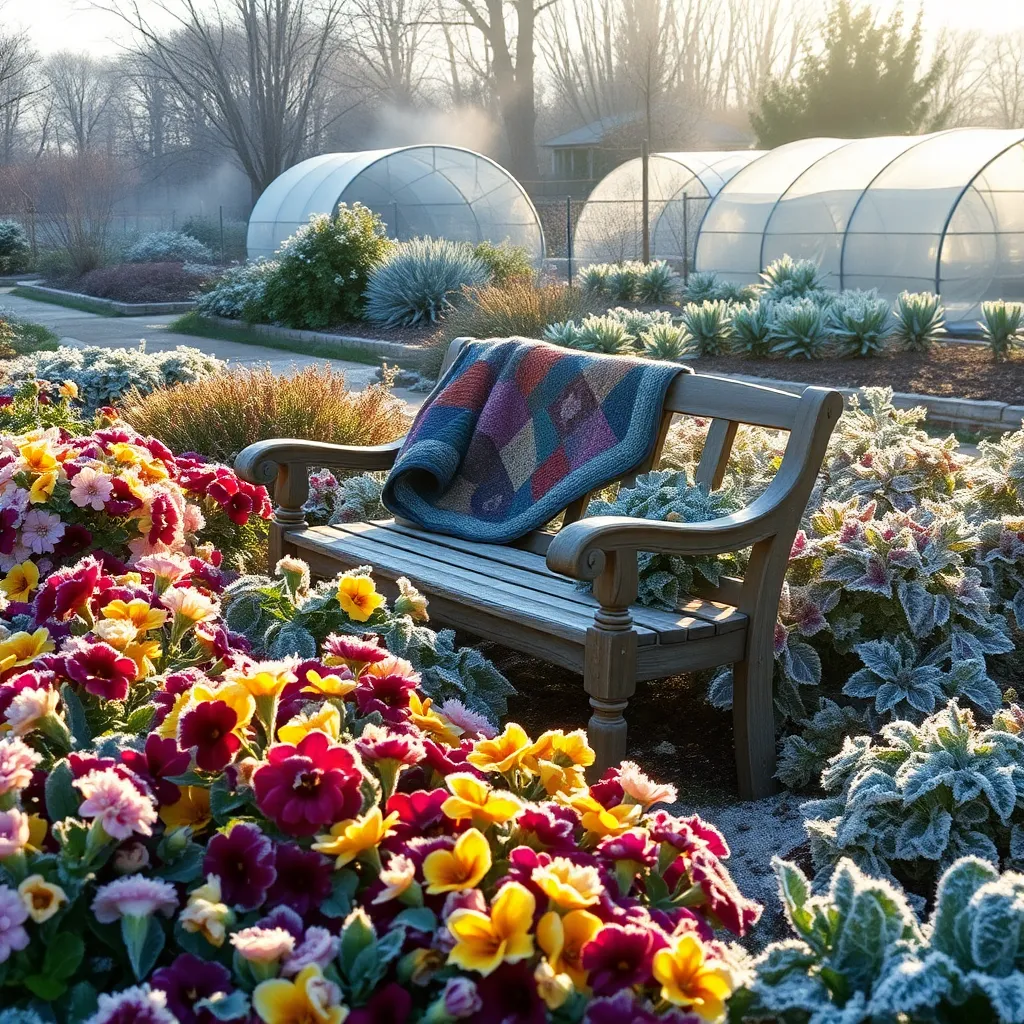
Frost can have a detrimental impact on plants by causing ice crystals to form within plant cells, leading to cell damage and even death. To protect your plants, it’s essential to understand the specific frost tolerance of each species; for instance, many perennials can survive light frost, but tender annuals may need extra care.
Consider using protective coverings, such as row covers or blankets, to shield your plants from frost. These coverings should be applied in the evening and removed in the morning once temperatures rise, allowing sunlight to warm the soil and plants.
For gardeners looking for an advanced approach, creating a microclimate may be beneficial. By using structures like cold frames or cloches, you can create a warmer environment that reduces frost risk, especially for delicate vegetables like tomatoes and peppers.
Watering your garden thoroughly a day before an expected frost can help. Moist soil retains heat better than dry soil, providing some warmth to the roots and protecting against freezing temperatures.
Methods to Shield Against Frost
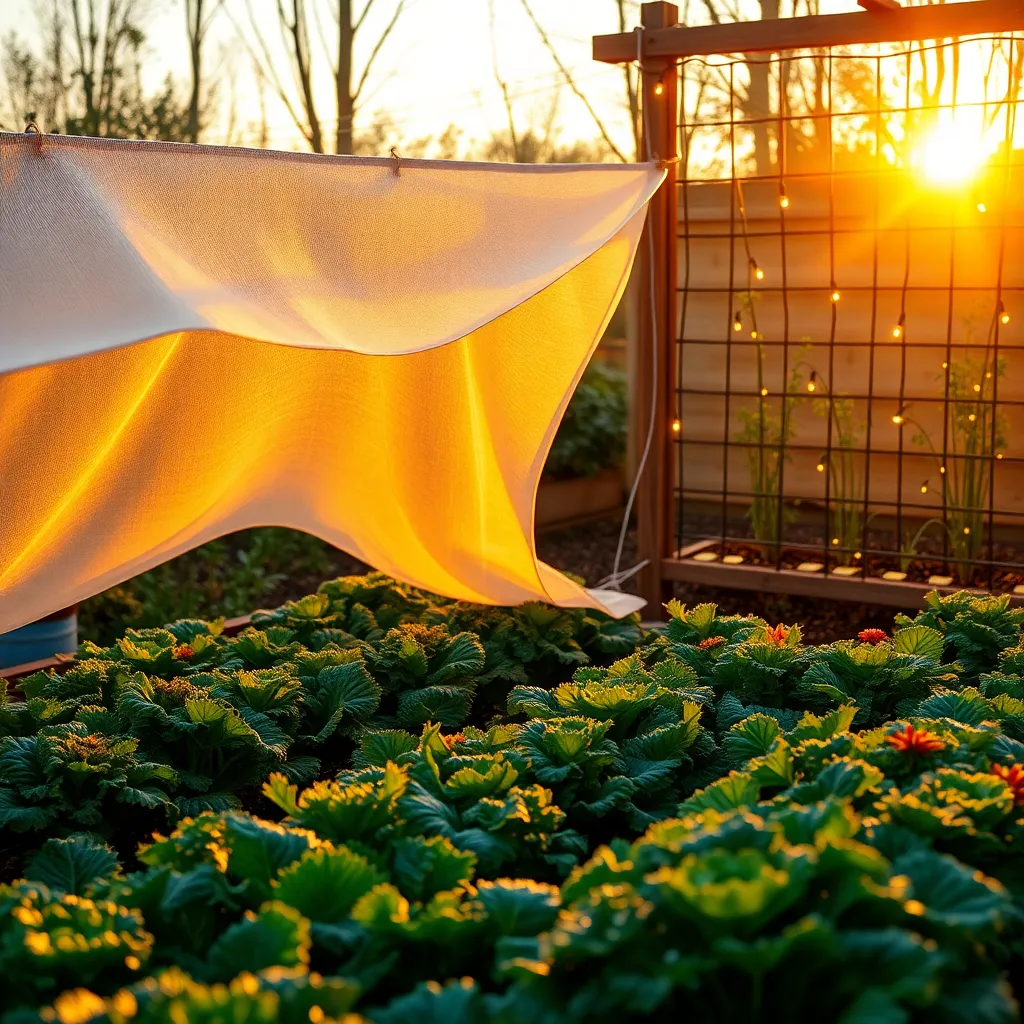
To protect plants from frost, one effective method is to cover them with breathable materials like burlap or frost cloth. These materials allow air and moisture to circulate while providing a barrier against the cold, helping maintain a more stable temperature around the plant.
Another practical approach is using mulch to insulate the soil. Applying a layer of organic mulch, such as straw or shredded leaves, can help retain soil warmth and protect the roots from freezing temperatures.
For those with smaller or more delicate plants, consider using cloches or cold frames. These structures, made from materials like glass or plastic, create a mini greenhouse effect, trapping heat and keeping the environment around the plants more temperate.
Watering plants before a frost can be surprisingly beneficial. Moist soil retains heat better than dry soil, so a thorough watering a day before a frost is expected can help protect the plants from temperature fluctuations.
Benefits of Early Frost Protection
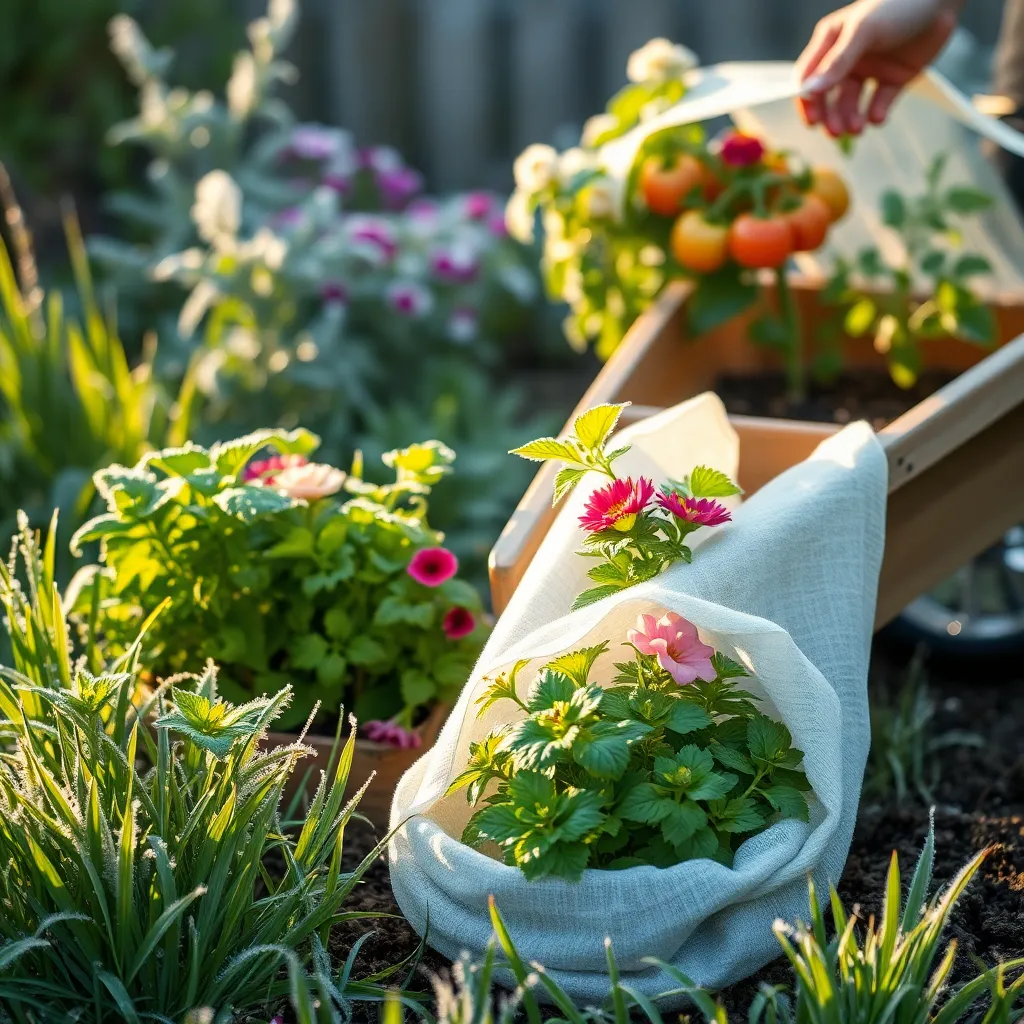
Early frost protection is crucial for maintaining the health of your plants as temperatures begin to drop. By taking action ahead of time, gardeners can ensure that their plants are not only surviving but thriving during colder months.
One effective strategy is to cover plants with lightweight fabrics such as garden fleece or burlap. This simple step can help retain heat and prevent frost from settling directly on the foliage, effectively acting as a temporary blanket for your plants.
For added insulation, consider using mulch around the base of plants. Applying a thick layer of organic mulch, such as straw or wood chips, can help maintain soil warmth and protect root systems from freezing temperatures.
Watering your plants in the morning can also be beneficial before a frost is expected. Moist soil retains heat better than dry soil, and keeping the ground slightly damp can help prevent frost damage by maintaining a warmer microenvironment around the plant roots.
For advanced gardeners, investing in a cold frame or hoop house can extend the growing season significantly. These structures offer more consistent protection and can be used to harden off seedlings or grow frost-sensitive plants even in cooler months.
Enhancing Plant Health in Cold
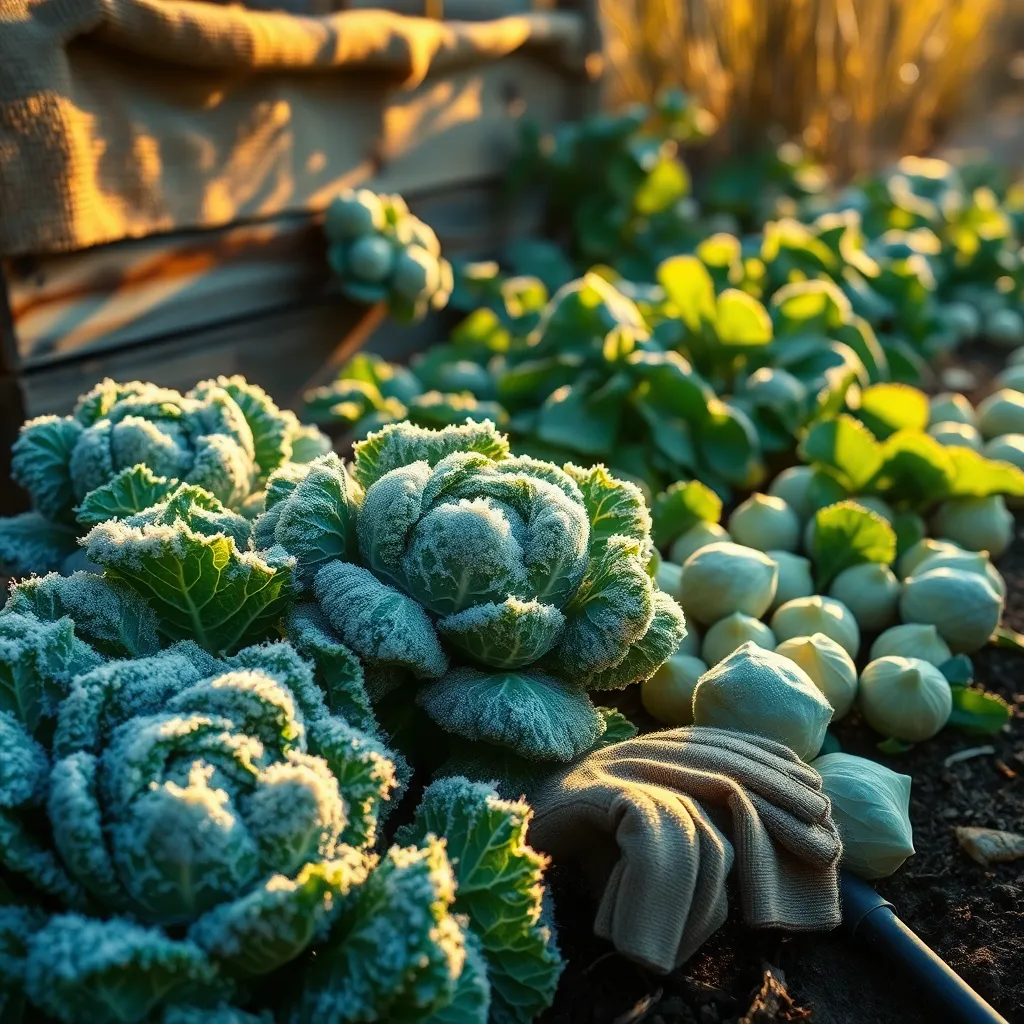
To enhance plant health during cold weather, it’s essential to focus on proper soil preparation. Amending your soil with organic matter such as compost or well-rotted manure can improve drainage and help retain warmth, offering a better environment for roots.
Watering plants before a frost can also be beneficial. Moist soil retains heat better than dry soil, providing an extra layer of protection; however, avoid overwatering as it can lead to root rot.
For those with more experience, consider employing a technique called “mulching” to insulate plant roots. Apply a thick layer of straw, leaves, or pine needles around the base of your plants, as this will help to keep the soil temperature more consistent.
Certain plant varieties are more cold-tolerant and can be a strategic choice for frost-prone areas. Opt for hardy perennials and frost-resistant annuals such as pansies and kale, which are known to withstand lower temperatures.
Installing windbreaks can also play a crucial role in protecting plants. Use materials like burlap or wooden panels to shield your garden from chilly winds, reducing the risk of damage and desiccation.
For those looking to take it a step further, consider using row covers or cold frames. These structures help to trap heat and protect plants from harsh conditions, extending your growing season and boosting plant resilience.
Long-term Gains from Frost Prevention
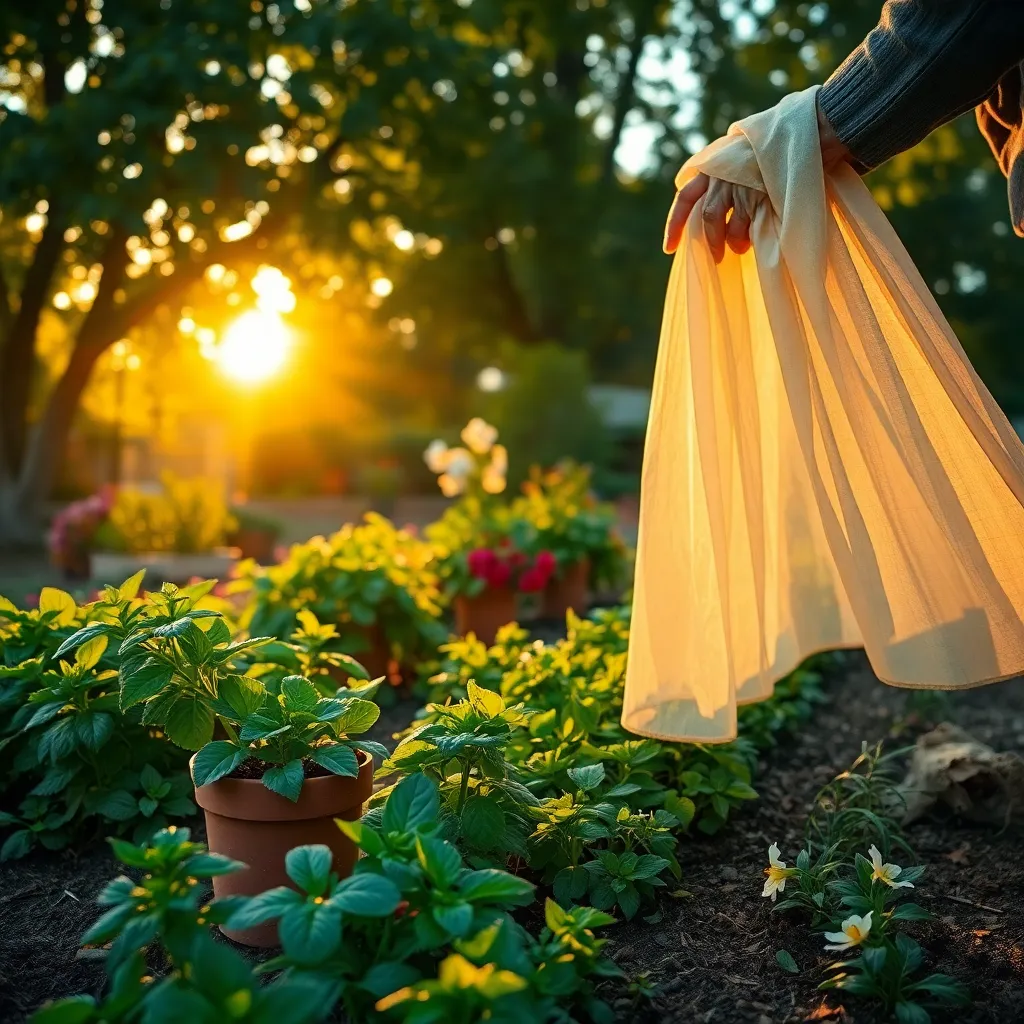
Preventing frost damage can lead to significant long-term benefits for your garden. By protecting plants from frost, you ensure healthier growth and increased productivity in the following growing seasons.
One effective method to prevent frost damage is using mulch. Applying a thick layer of organic mulch around the base of your plants insulates the soil, preserving warmth and protecting roots from freezing temperatures.
In addition to mulch, consider using floating row covers or frost blankets. These protective layers trap heat and moisture, creating a micro-climate that can be several degrees warmer than the surrounding air, ensuring plants survive unexpected frosts.
For more advanced protection, gardeners can install cold frames or cloches. These structures offer superior frost protection, allowing gardeners to extend the growing season and harvest crops earlier in spring and later in fall.
Watering your plants in the afternoon before a predicted frost can also be beneficial. Moist soil retains heat better than dry soil, helping to shield plant roots from freezing overnight temperatures.
Ensuring long-term frost protection involves both proactive and reactive measures. By combining these strategies, gardeners can safeguard their plants, leading to vibrant and resilient gardens that thrive year after year.
Conclusion: Growing Success with These Plants
In wrapping up our exploration of the ‘Advantages Of Protecting Plants From Frost,’ we’ve uncovered five key concepts that mirror the care and attention necessary in nurturing healthy relationships. Firstly, just as plants require a protective layer against harsh conditions, relationships thrive when we shield them from external pressures through open communication. Secondly, understanding the unique needs of each plant, like understanding our partner’s needs, fosters a tailored approach to care. Thirdly, the importance of consistent attention reminds us that regular nurturing strengthens bonds. Fourthly, proactive measures in relationships, akin to preparing plants for frost, prevent potential issues from escalating. Lastly, the resilience built through these efforts leads to flourishing growth and deeper connections.
As an actionable next step, consider scheduling a dedicated time this week to discuss with your partner any “frosty” areas that may need attention. By taking this step, you’re investing in the warmth and longevity of your relationship.
Remember, building a thriving relationship is an ongoing journey. Save or bookmark this article as a valuable guide to revisit these concepts. With sustained effort and care, your relationship can weather any storm and blossom into a thriving partnership. Here’s to nurturing love that grows stronger each day!

